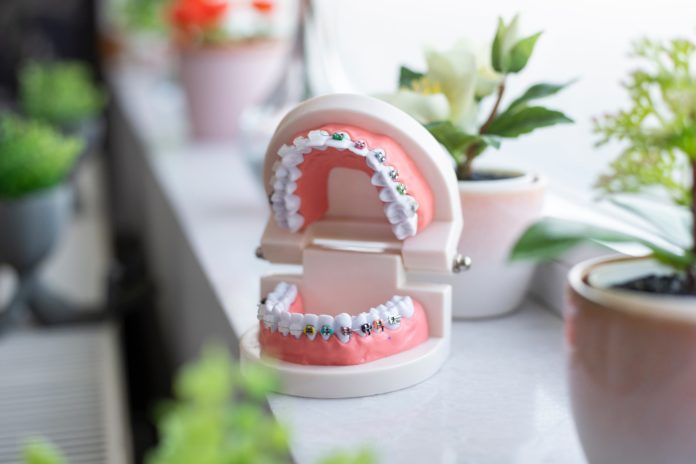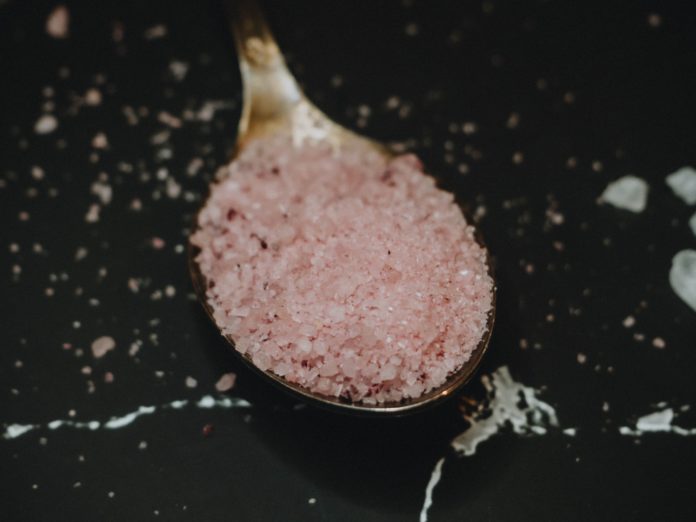We were sitting by the pool, chatting about food, and my friend said, “I just replace salt with lemon! I don’t even miss it.”
My other friend said, “Why would I ever replace salt?!”
Both of them are vibrant wellness seekers, in great health. Who’s right?
Recently, the narrative surrounding salt has shifted:
It used to be largely demonized for causing bloating and spiking blood pressure, which led us to avoid it. Perhaps some of us even trained our taste buds not to crave it.
Now, high-quality salt, in the right amount for your unique body, is considered key for good health.¹
And yet, choosing a salt can be confounding, since there are so many different types, each with different health benefits.
Which kind of salt is best for you?
Today we’re exploring the benefits of sea salt, pink Himalayan salt, grey salt, red salt, and black salt.
Which is best for you depends on your unique body. Let’s dive in!
What We Know
Today, we know that quality salt is essential for almost every bodily function:
- Hydration
- Blood pressure¹
- Nutrient absorption²
- Fluid balance²
- Muscle contraction³
- Cardiovascular health
- Nervous system function
But – not all salts are created equal.
Most of us know that bleached table salt doesn’t offer any health benefits. (It’s made by heating natural salt to 1200° Fahrenheit, which strips the nutrients.)
|
Fun fact: some experts say this refinement process is what contributes to salt-related health issues, not the salt itself. |
Okay, so we don’t want bleached table salt, but we still need salt. Here are 5 alternatives, and their unique differences:
1. Sea Salt
Sea salt is created through the evaporation process, which separates salt from water. It’s rich in potassium, iron, and calcium.
Potassium helps to regulate heart function and supports nervous system health. Iron fortifies the blood and helps our muscles stay strong, while calcium builds our bones.
Sea salt also offers a small amount of natural iodine, which supports thyroid and adrenal health.⁴
It’s a great step up from table salt, but pollution can be an issue. We suggest looking for small, trustworthy producers.
2. Pink Himalayan Salt
Made from rock crystals found near the Himalaya mountains, this salt has all 84 essential trace minerals our bodies need.⁵
It’s become very popular in recent years. Why?
Himalayan salt is thought to have a lower amount of sodium chloride than regular ol’ sea salt, and higher amounts of magnesium, calcium, and potassium.
That magnesium is great for digestion and regularity, and we know calcium and potassium are essential to health.
Pink Himalayan salt is especially high in iron, which is great if you tend toward anemia. It supports healthy pH balance, balanced blood sugar, and may reduce muscle cramping.
Himalayan salt is generally a better option than sea salt, but again, quality depends on the source. Just like the ocean, our soil contains pollution, too. Look for small producers.
3. Grey Salt (Celtic Sea Salt)
This salt is harvested from the banks of Brittany, France. The natural clay and sand in this region help create moist, mineral-rich crystals that offer iron, calcium, and manganese.
Iron supports almost every vital function, including digestion, energy production, and immune function. Calcium is key for bone health, while manganese supports hormone production, among other benefits.
Like all unrefined salts, grey salt is great for electrolyte balance and mineralization.
It can also be alkalizing and detoxifying, as the clay residuals may help pull impurities out of the body.⁶
Grey salt is more consciously sourced than most sea salt since it’s hand-raked and harvested from a small region. It may be a better option than sea salt, but of course, pollution is still a potential issue.
4. Red Salt
This lesser-known salt is sourced from the volcanoes of Hawaii and gets its color from volcanic clay, known as alaea.
It’s iron-rich and has the highest amount of essential trace minerals.
If you’re anemic, red salt may be a great option for you.
5. Black Salt
Black salt is another gift from Hawaii’s volcanoes. Unrefined and mineral-rich, it gets its color from activated charcoal, a known detoxifier.⁷
If you struggle with digestion, black salt could be a great addition to your plate.
What We’re Still Learning
I know many wellness experts who swear by high-quality salt. They sprinkle it liberally on their food and even add it to their water.
They feel great.
I know other experts who barely touch salt.
They report great health, too.
It comes down to biodiversity. No two people are the same, and individual needs can change over time. Spoiler alert: what works for you in your 20s probably won’t work in your 40s!
What we’re learning about salt – and what we’re always learning when it comes to nutrition – is to observe and honor what our bodies need from day to day, week to week, month to month, and year to year.
|
Because I personally need extra adrenal support, a practitioner recommended I add salt and lemon to my water, and it has made a huge difference in my energy and focus. Anytime my energy is low, I’ll sip 1-2 glasses of this per day, with a squeeze of lemon and pinch of pink Himalayan salt in each. Adding salt and lemon to water creates a natural electrolyte beverage – like Gatorade, without the sugar and food coloring. Electrolytes are known to support pH balance, blood pressure, and energy levels. |
As you may have noticed, our other big learning curve when it comes to salt is sourcing. We know our oceans are polluted, which has a huge impact on sea salt.
But are there areas of the ocean with less pollution?
Do some processing methods make a real difference in toxicity?
Can our bodies simply detoxify the pollution in salt?
When it comes to land-based salts, we face the same issues:
How can we be sure these salts are being sourced from healthy land?
Are they actually unrefined?
How can we know there aren’t environmental toxins present at the sourcing site?
We can’t. For now, all we can do is try our best to source high-quality salt, by doing our research and communicating with small producers.
Then, we can notice how our bodies respond to different types of salt, and different brands.
The Bottom Line
Salt is key to health, and we want to consume the purest options possible, without obsessing over it. What’s probably worse than consuming a little salt?
Bathing your cells in cortisol as you stress out about whether to eat salt.⁸
All high-quality salts have the potential to support your health – it simply depends on your health history and unique nutrition needs.
The approach we recommend is conscious sourcing and experimentation: doing your best to purchase pure salts, listening to your body as you consume them, and always, consulting your licensed healthcare practitioner.
How do I get started?
| Toes In |
|
| Waist Deep |
|
| Full Immersion |
|





